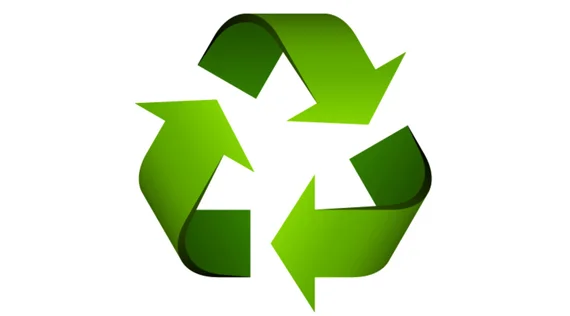
SEATTLE (Waste Advantage): China received about half of the entire world’s recyclable materials to sort and process in 2016. Today, China has said “enough,” and the country enacted a ban on the import of 24 types of recyclables as of January 1, due to receiving too many contaminated batches and to protect their environmental safety.
Waste industry professionals and waste generators alike are now wondering what our recycling future looks like here in the U.S. While recycling centers and landfills are starting to overflow, there are ways for restaurant operators to take back responsibility.
Reducing waste first, sorting materials in the restaurant and gaining clarity into waste streams through waste services providers’ IoT dumpster sensors will set the restaurant up for success in a turbulent time.
Below are three ways that restaurant management can positively impact their operations in response to this recycling ban.
Focus on Reducing Waste First
Convincing consumers to reduce consumption isn’t always an easy task. Cities like San Francisco and Boston have enacted bans on plastic bags at checkout, which some believe is a step in the right direction, while other consumers may feel frustrated at this loss of choice and convenience. However, this entitlement to consumption cannot be sustained for much longer, especially as landfills and recycling centers are quickly filling up.
Restaurants can help adjust consumers’ behavior by reducing some of the one-time-use items they are providing such as napkins, plastic straws, aluminum cans, paper wrapping, as well as by purchasing items that are intended for multiple uses.
To avoid frustration from customers who have come to expect items like extra straws, napkins or individual ketchup packets, restaurants can post signs in stores and on social media notifying their customers that while they typically would have these items readily available, the restaurant now kindly asks that if customers would like any of these extras to ask an employee for them. Also, by posting these signs that say something like “reduce waste: please only take what you need,” it shifts consumer focus to actively think about how much they’re using.
To get a better idea of which items are being thrown away the most, the data in restaurant’s dumpsters can be analyzed by a waste services provider. Restaurant operators will be informed of what makes up their dumpster’s contents, how quickly waste containers are filling up and how the restaurant can reduce its waste volume, not to mention the cost savings of buying less items that are meant to last longer.
Once the first R of “Reduce, Reuse, Recycle” is as heavily embedded in society as recycling is, we may start to see real, positive change in waste production.
Sort Waste Materials in Restaurant
For waste items that can’t be reduced further, it’s critical for restaurants to set up separate bins for different materials that are clearly labeled to promote accurate sorting. This will help reduce the impure recycling batches that partly made China enforce this ban.
Recycling often elicits a feel-good response from consumers and companies, but frequently people are unsure which recyclable should be placed where. Questions like “Can my glass bottle get recycled with my plastic fork? What about my paper napkin?” are common in restaurants and eateries.
Courtesy: https://wasteadvantage.com
| Copper Scrap View All | |
| Alternator | 0.32 (0.01) |
| #1 Copper Bare Bright | 3.77 (0.07) |
| Aluminum Scrap View All | |
| 356 Aluminum Wheels (Clean) | 0.73 (0.02) |
| 6061 Extrusions | 0.64 (0.02) |
| Steel Scrap View All | |
| #1 Bundle | 475.00 (0) |
| #1 Busheling | 495.00 (0) |
| Electronics Scrap View All | |